History forever written! Where to find stećak tombstones in Croatia, Bosnia and Herzegovina and Montenegro?
Since ancient times, historical facts, events, and people have been written down on various stones, as if they knew that paper, nor memories, lasts forever. A similar story is told by the stone gravestones that appeared in the Middle Ages, more precisely in the period from the 12th to the 16th century, in the territory of Croatia, Bosnia and Herzegovina, Montenegro, and even Serbia.
A similar practice is still applied today in the Christian faith, just as it was then, but these medieval tombstones are still far more valuable.

Necropolis of Radimlja, Bosnia and Herzegovina, Photo: JYB Devot, CC BY-SA 4.0
Their origin is a true mystery. It is believed that their practice started in Bosnia and Herzegovina, and thus gradually spread further. If we look at their distribution, it is noticeable that they are specific to only one large region, that of today’s southern Bosnia and Herzegovina, southern Dalmatia, northwestern Montenegro, and part of western Serbia.
Very little is known about their meaning, symbolism, origin and who the deceased are, however, the only thing that reveals some information are local tales.
If you’re a history buff or want to experience it briefly, let’s see where you can find it throughout the Adria region.

Crljivica, Croatia, Photo: Julien Duval, Croatian Tourist Board
STEĆCI MEDIEVAL TOMBSTONES IN CROATIA
Today, in Croatia, you can find 4,000 stećaks in two necropolises. The most popular one is located in the municipality of Cista Provo, not far from Split, and they are called Velika and Mala Crljevica.
A total of 16 stečaks, 56 chests, and 15 tablet stones were found, and it is also adorned with fortresses and interesting medieval wells.
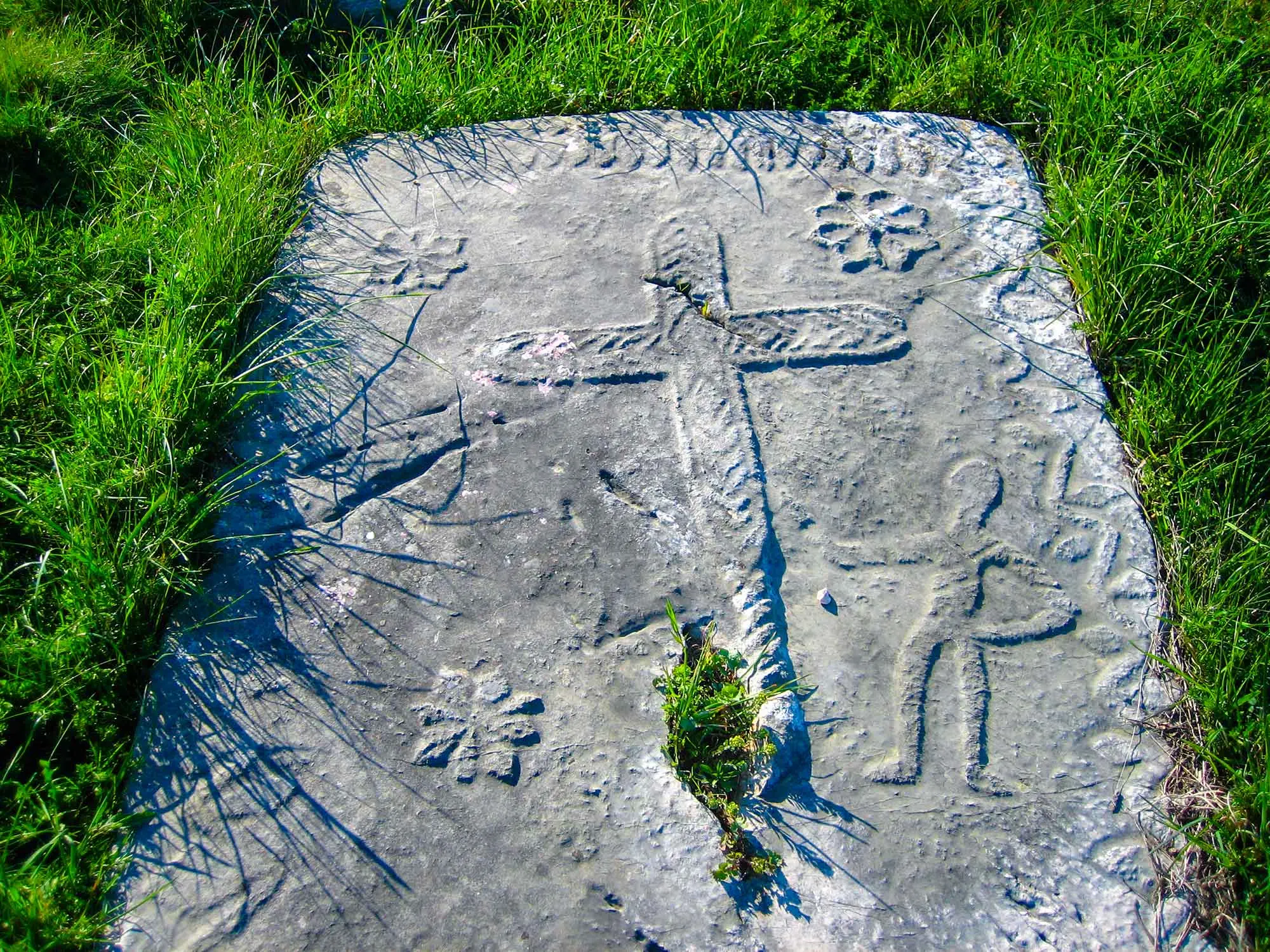
Velika and Mala Crljivica, Croatia, Photo: Saxum, Public domain
The second necropolis, known as St. Barbara settled in Konavle, not far from Dubrovnik. In this necropolis, there are 104 stećaks, in the form of chests and plates, decorated with motifs of vines, crosses, bows, and arrows.
STEĆCI MEDIEVAL TOMBSTONES IN BOSNIA AND HERZEGOVINA
There are many more in Bosnia and Herzegovina, the exact number will never be known because many were ruined during the wars, but it is believed that there are around 100,000 of them. They are spread over as many as 20 locations.
The municipalities richest in stećci are Konjic and Nevesinje, each with around 3,000 monuments, followed by the municipalities of Rogatica, Livno, Trebinje, Stolac, Gacko, Sokolac, Kalinovik and Bileć.
Here is the full list of locations:
- Radimlja, Stolac
- Biškup, Konjic
- Kalufi in Krekovi, Nevesinje
- Burati, Rogatica
- Maculje, Novi Travnik
- Dugo polje, Blidinje, Jablanica
- Gvozno, Kalinovik
- Grebnice, Radmilovića Dubrava, Baljci, Bileća
- Bijača, Ljubuški
- Olovci, Kladanj
- Mramor in Musici, Olovo
- Kučarin in Hrančići, Goražde
- Boljuni, Stolac
- Umoljani, Trnovo
- Luburića field, Sokolac
- Potkuk in Bitunja, Berkovići
- Bečani, Šekovići
- Mramor in Vrbica, Foča,
- Čengića Bara, Kalinovik
- Ravanjska vrata, Kupres
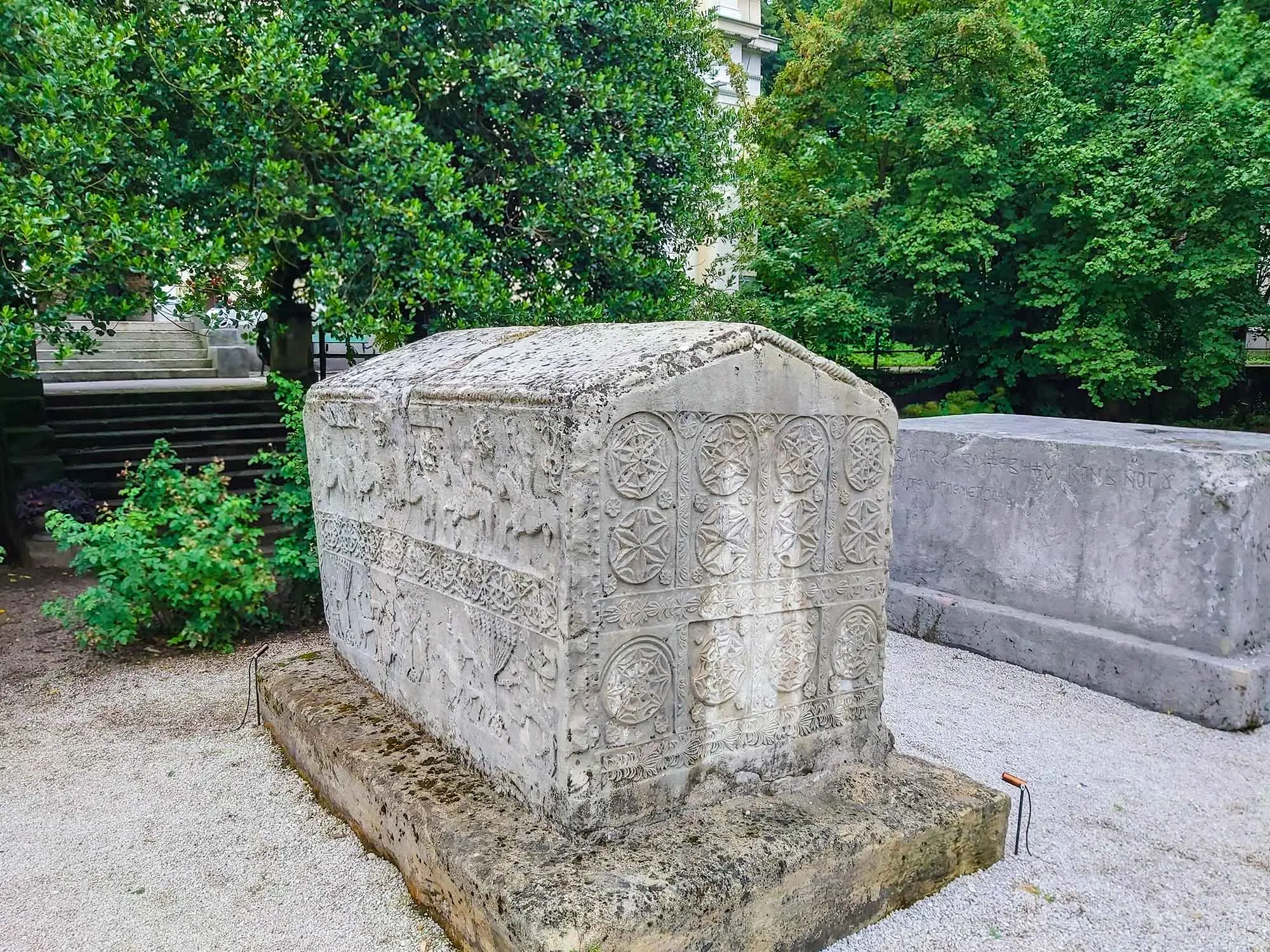
Zgošćanski stećak, Kakanj, Bosnia and Herzegovina, Photo: Miłosz Pieńkowski, CC BY-SA 4.0
STEĆCI MEDIEVAL TOMBSTONES IN MONTENEGRO
According to the latest information, there are about 3,400 stećaks in Montenegro, and can be found in the municipalities of Pljevlja, Žabljak, Šavnik, Nikšić, and Plužine, in approximately 107 locations. Although not all of them are included, it is believed that Nikšić has the most, over 1000 monuments.
The most famous necropolises are the Necropolis of the Church of Saints Peter and Paul, and which is located in the city itself, the second necropolis is in Počekovići, the third is in Podgradina. The most famous necropolis in Plužine is the Greek cemetery near Šćepan Polje. Stećci can also be found in Pljevlje in the villages of Pićuri, Podblaće, Glisnica, Gornji Fradac, Donja Brvenica, and Kruševo.
There are also in Cetinje next to the Vlaška Church.
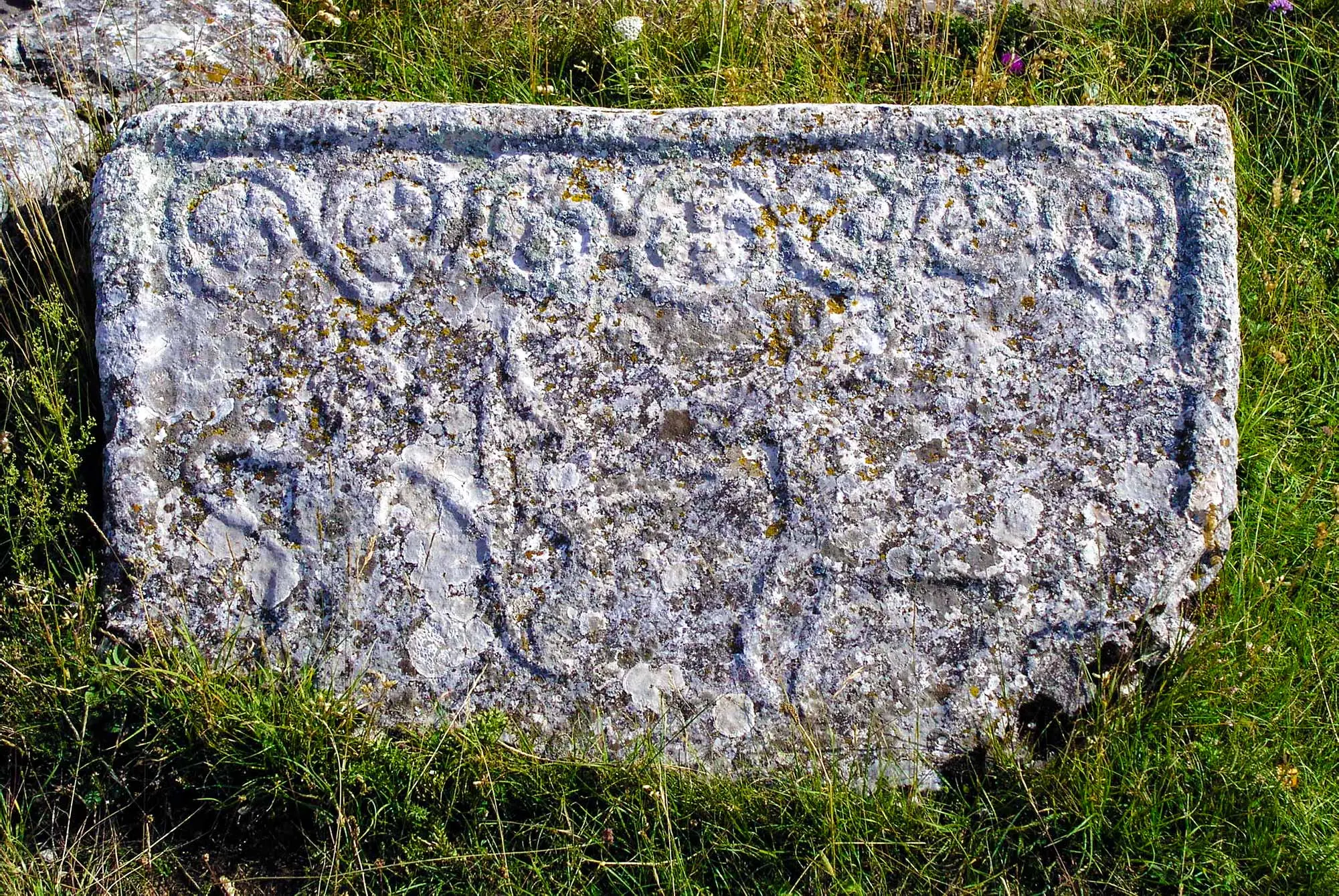
Greek cemetery, Žabljak, Montenegro, Photo: JYB Devot, CC BY-SA 4.0
In 2016, UNESCO included as many as 28 locations on the list of World Heritage sites. It is believed that there are more of them in all four COUNTRIES, somewhere hidden in various overgrown groves, hoping to be found so that they too can be protected.
If you get the chance, and you find yourself near one of these locations, be sure to visit them, so that you too can experience the spirit of the past that has been forever written.

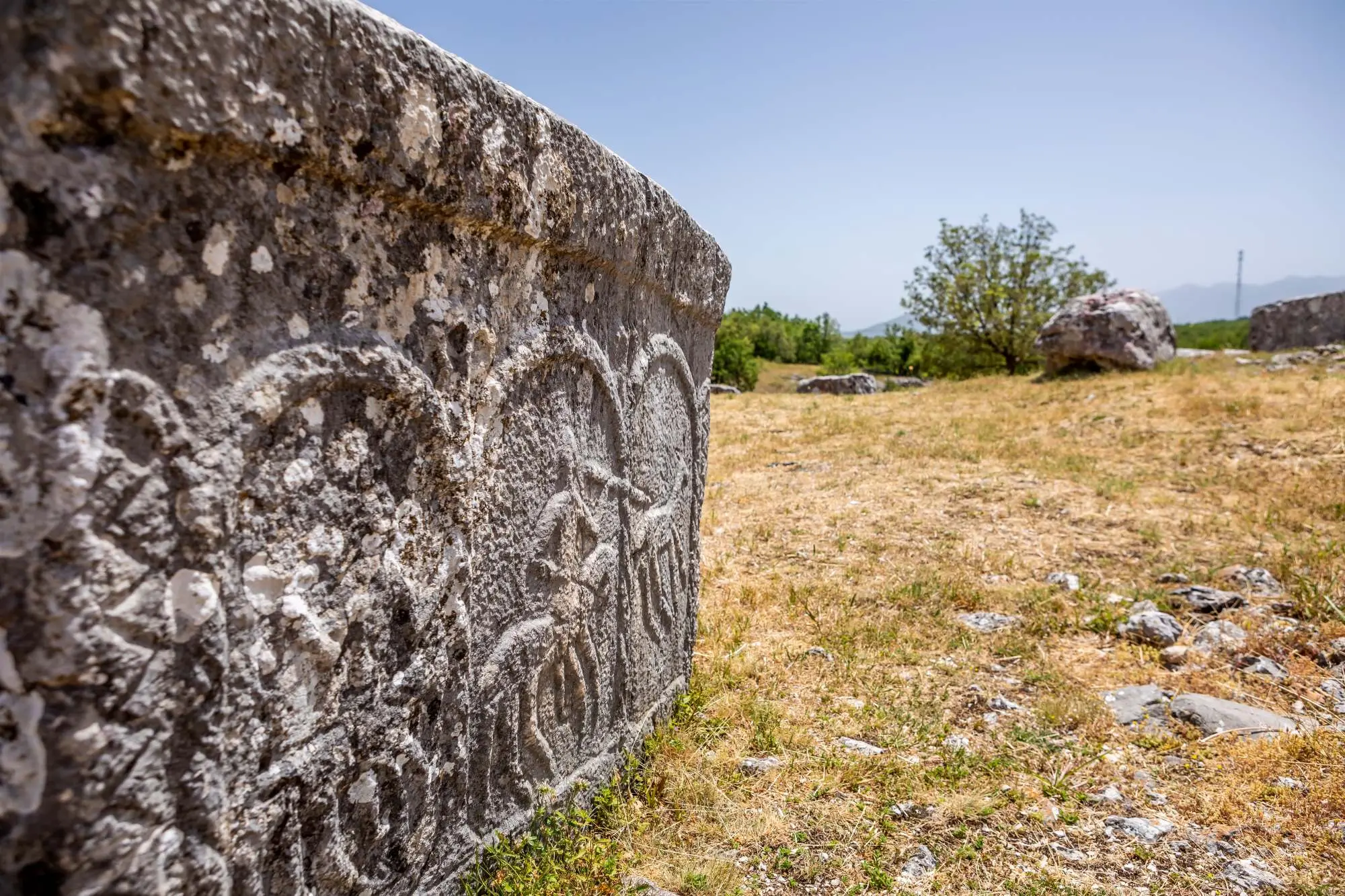
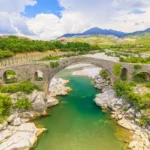
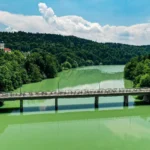
Leave a Reply